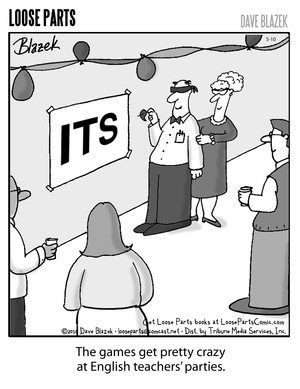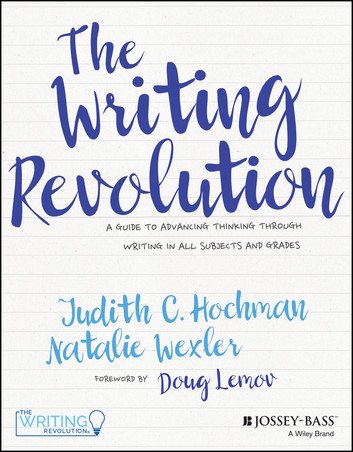We English teachers have thought a lot about words. Thousands of hours have gone into reading, writing and thinking about them. Sometimes they come out of our mouths and sound impressive. Occasionally, they come out in the wrong context and sound ridiculous (or is that just me?) In this post, I want to specifically consider how we use this dazzling hoard of words with our students, both in written resources and verbal explanations.
While we obviously want to expose our students to new vocabulary and challenge them to expand their repertoire, as I’ve written about here, teaching new words well needs careful consideration. Throwing many new and complex words at students without thorough explanation and multiple revisits will not transform their vocabularies. Many students do not learn by osmosis; they need to practise and recall words they have learned to embed them in their long-term memories. Students may well be able to grasp the vague meaning of words through context, but I would argue that using overly complex phrasing in our written and verbal explanations too early can confuse meaning and obscure learning. A high challenge, knowledge-rich curriculum can easily become too high-level too quickly without careful thought. I’m particularly interested in KS3 and how we can get the basics right to promote deep understanding of the ideas in literature.
Take this written explanation of the poem Ozymandias. Imagine this is the first time you are introducing the poem to the class:
Ozymandias is about the transience of human power. In his unusual sonnet, Shelley explores the fall of a tyrannical Ancient Egyptian ruler whose dictatorial cruelty becomes ephemeral when compared with time and nature.
Shelley explores this idea through the decaying statue of the pharaoh which was erected during his lifetime and neglected after his death.
It is likely that even the highest ability students would struggle with some of these words. You could gloss ‘transience’, ‘ephemeral’, ‘tyrannical’ and ‘dictatorial’ but it would take much more time to understand the basic meaning of the poem.
Now consider this explanation:
Ozymandias is about the idea that time and nature will always be more powerful than humans. This is because all humans eventually die, even very powerful humans like kings or queens.
Shelley’s poem uses the example of a powerful Ancient Egyptian ruler. He was very cruel during his lifetime.
A a huge statue of him was made to celebrate his greatness. The poem shows that, after he dies, the statue is completely forgotten. It rots away with time.
This second version is very simple. Almost too simple. But it guarantees a basic understanding before proceeding further. I would definitely want to teach the concepts of ‘transience’ and ‘tyranny’ later, but until the students understand the basic meaning of the poem, they will tread a much thornier path into deep analysis of its ideas.
Let’s consider another AQA anthology poem: The Emigrée. Imagine you are verbally introducing it to your students before they delve in.
Explanation 1:
The Emigrée is about a female emigrant who feels displaced. She was born and raised in a country that she feels a great sense of loyalty to, but one that is ravaged by war. Because of the conflict, she had to emigrate somewhere new but now longs for her original home while feeling marginalised in her new society.
Explanation 2:
The Emigrée is about a woman who had to move to a new country. This is because the country she grew up in became dangerous with war. The poem shows how difficult this is for her. She really loves her home country and feels out of place and bullied in her new home.
Even with the highest ability students, I would want to use the second explanation as a starting point before examining the poem closely. First and foremost, I want every student in the room to completely grasp the basic meaning of the poem. Paradoxically, starting with explanation 2, in my opinion, is more likely to help students to eventually articulate themselves in an ‘explanation 1’ fashion.
Nowhere is this idea more important than in teaching Shakespeare. Giving a simply-worded explanation of the play before they read it, or a basic overview of the complex scene before they study it, is crucial to giving every student in the room a chance of understanding it deeply.
Here is a checklist that I find useful when editing written or verbal pre-planned explanations, particularly with regard to introducing a topic for the first time:

I am not in any way suggesting that everything we teach students should be over-simplified, or that vocabulary doesn’t matter. But I do wonder if, as English experts, we sometimes try to expose students to too much, too early. What do you think?





